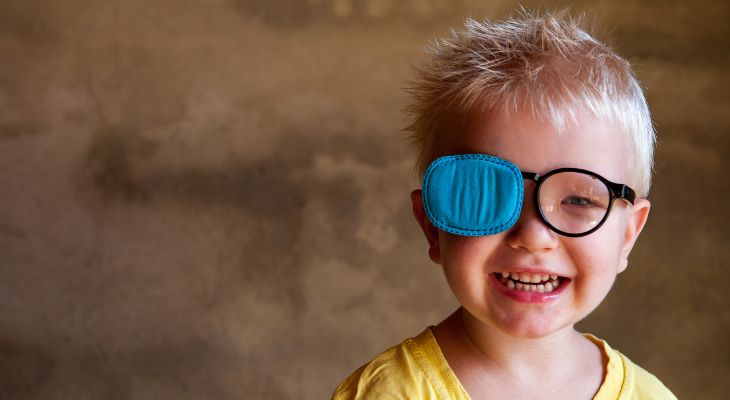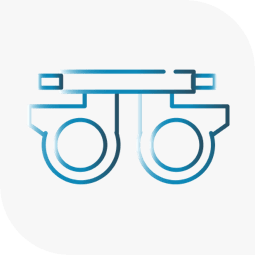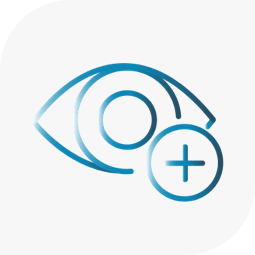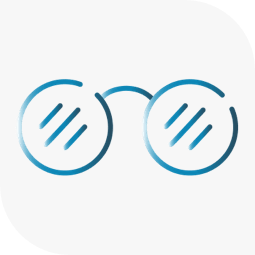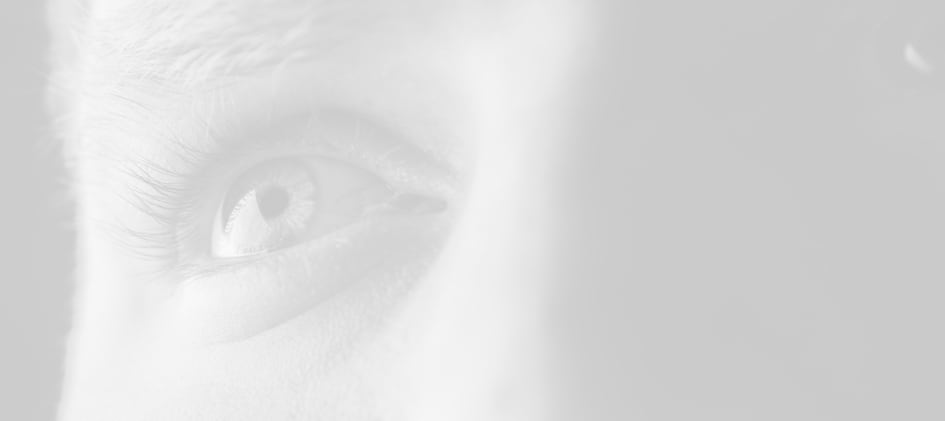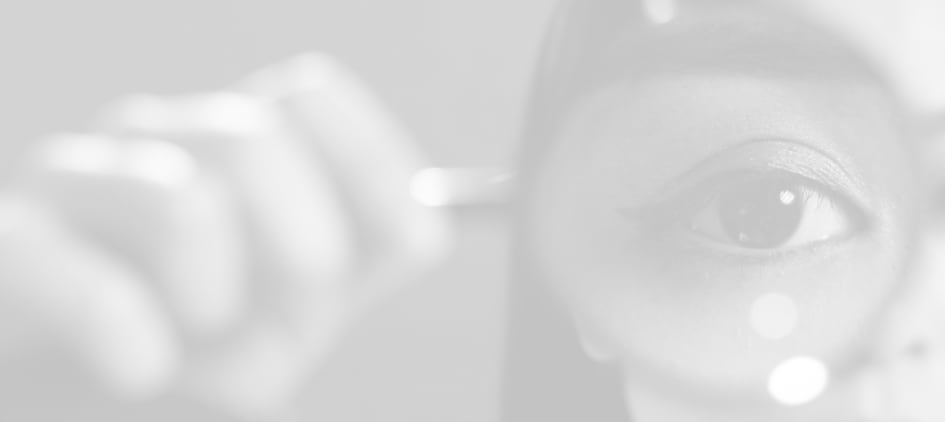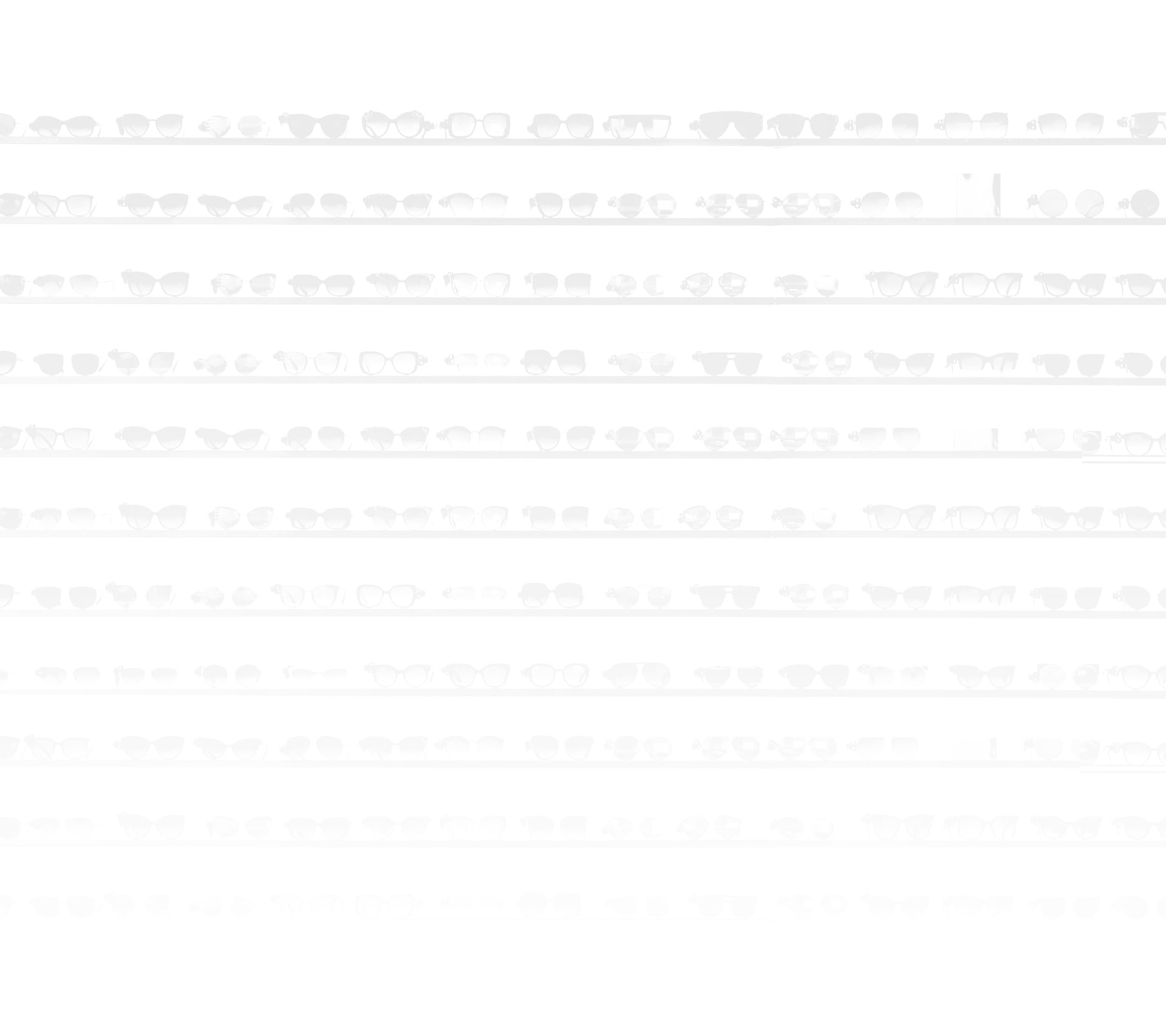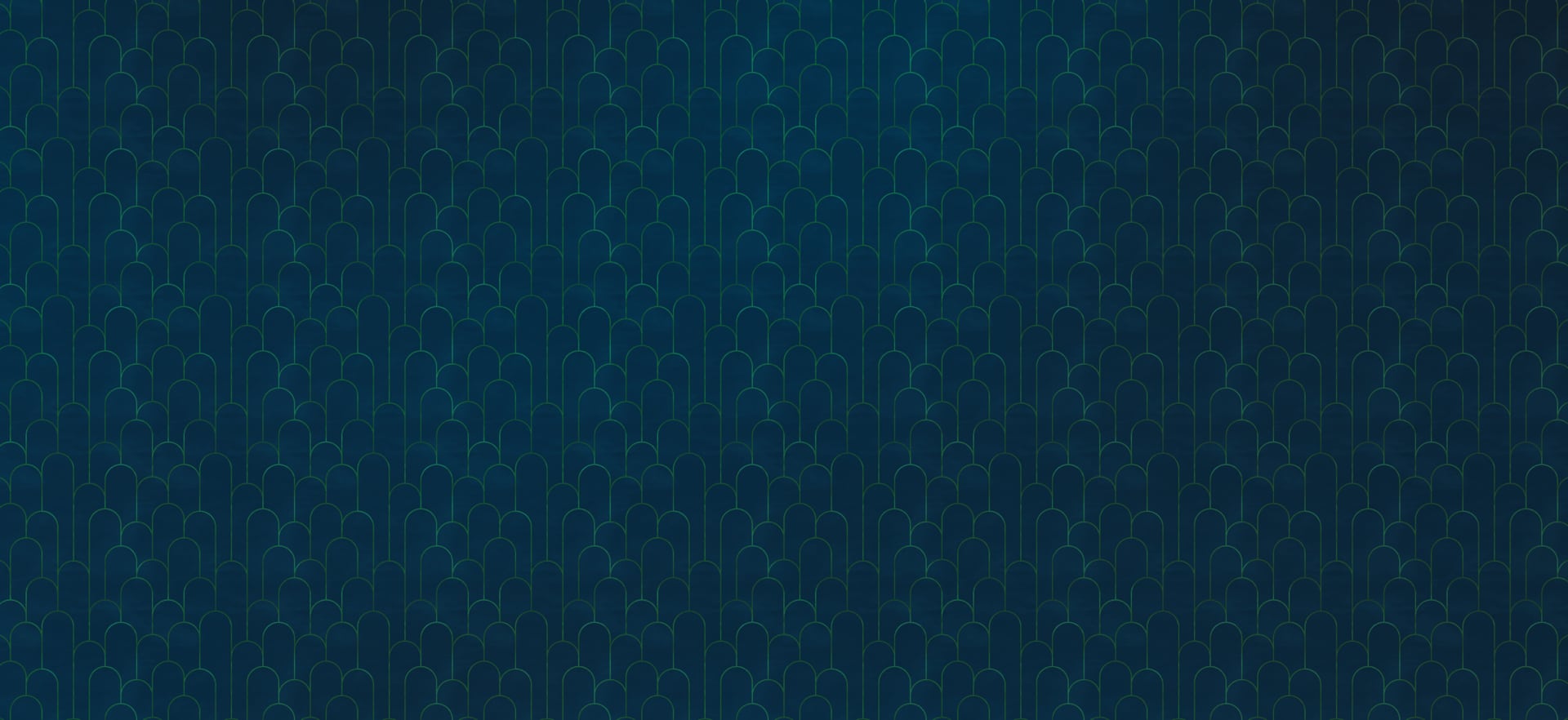Lazy eye is often used to describe strabismus and refractive amblyopia, and it’s estimated that about 1–5% of children worldwide have a “lazy eye.”
Have you ever been told you or your child have a lazy eye? What were you told are your options? Paradigms are shifting in optometry, and there are more and more options to treat conditions like a lazy eye. With an adult eye exam or children’s eye exam, we can help you and your family consider modern approaches to amblyopia treatment, like the Shaw lens.
What Is Refractive Amblyopia?
Refractive amblyopia is a condition where a high refractive error prevents the brain from learning how to use the eyes properly, and the eyes do not develop “normal” vision. Refractive amblyopia can affect both eyes but usually affects 1 more than the other.
A large disparity in prescriptions between the 2 eyes is called anisometropia. When someone has anisometropia, the eye with the stronger prescription usually does not get adequate visual input. If the eye does not get adequate visual input, the brain may not develop the neurological wiring to use it properly.
What Are Your Options for Treating Amblyopia?
Historically, when a child shows signs of refractive amblyopia, an optometrist prescribes traditional lenses and patching for anywhere from 2–6 hours a day. While the eye is patched, normal binocular vision is not possible.
Prescribing a full prescription with traditional lenses may also lead to difficulty with eye teaming (or binocular vision) when the eye isn’t patched. The eye with the stronger prescription can have a very different image size than the fellow eye, and the brain may be unable to fuse the 2 images. As a result, the brain will be forced to suppress the eye with the stronger prescription and binocularity cannot develop.
The Shaw Lens
The Shaw lens is a specialty spectacle lens used to correct anisometropia. Using the Shaw lens can improve binocular vision, depth perception, and visual comfort.
The Shaw lens was developed by Dr. David A. Shaw, an optometrist, as a solution to address the challenges of anisometropia. It is a customized lens design that takes a person’s unique prescription needs for each eye into account. The Shaw lens aims to balance the visual experience between the eyes by optimizing the optics for each eye while also considering how the 2 eyes work together.
How Does the Shaw Lens Work?
The Shaw lens design typically involves incorporating a specific lens curvature and power distribution tailored to the individual’s needs. By doing so, it helps reduce the discrepancy in image size and clarity between the eyes, improving visual comfort and binocular vision.
By moving to a Shaw lens first, patching might be avoided. Wearing the glasses consistently is important for improving binocularity. With regular use, differences in image sizes can be minimized and binocular vision can be improved. Patients might still require vision therapy or further intervention, but this can be a great first step to strengthen binocularity and thus treat amblyopia.
Overall, the Shaw Lens is an innovative solution for individuals with anisometropia, providing a more balanced and comfortable visual experience compared to traditional spectacle lenses.
At Cwood Eyecare and Collingwood Optometry, we are proud to be the only clinics within a 30-minute drive offering this lens technology. Contact us to learn more about how the Shaw lens could benefit you or your family.


